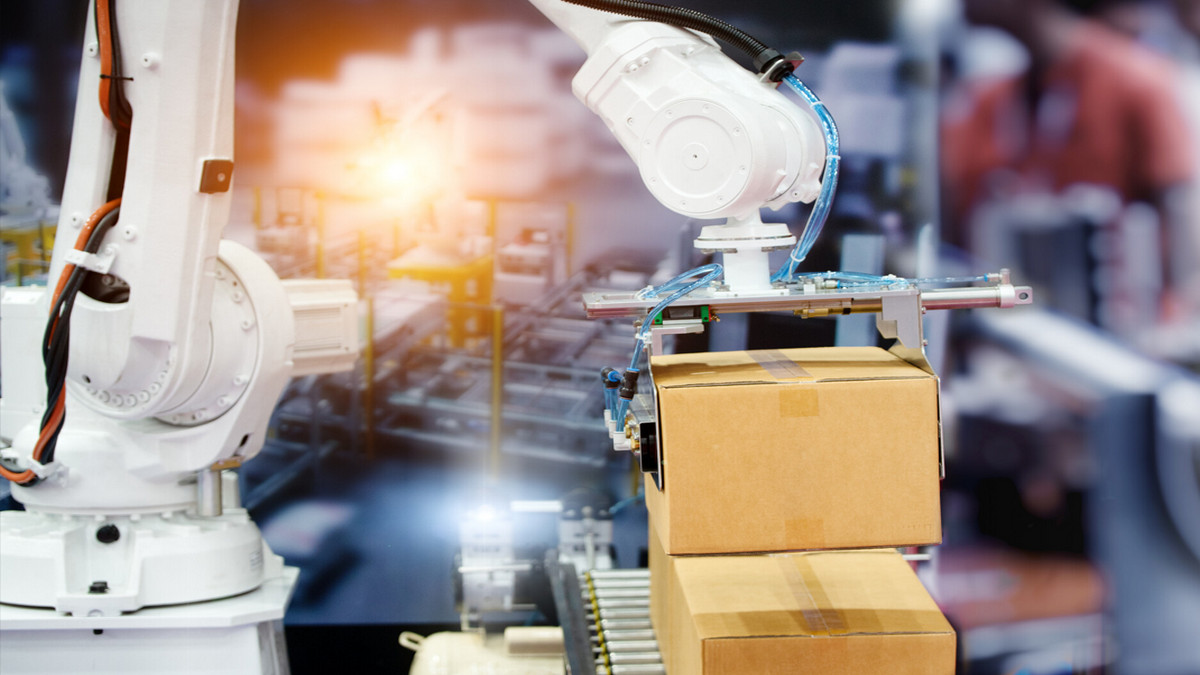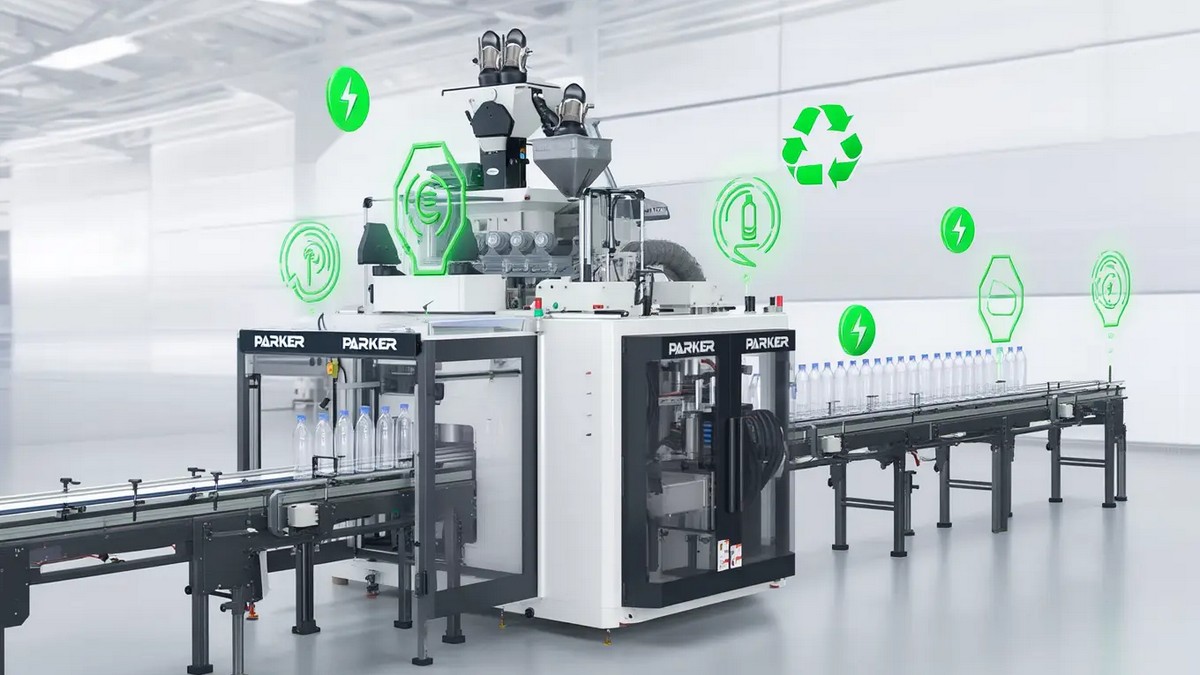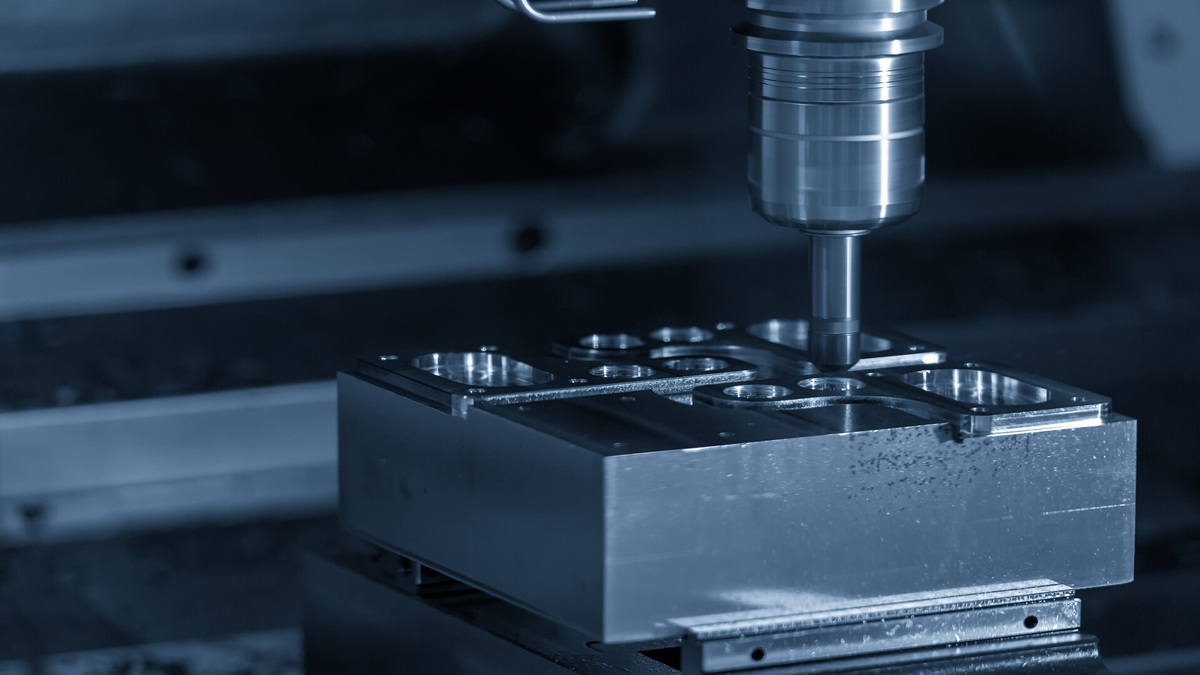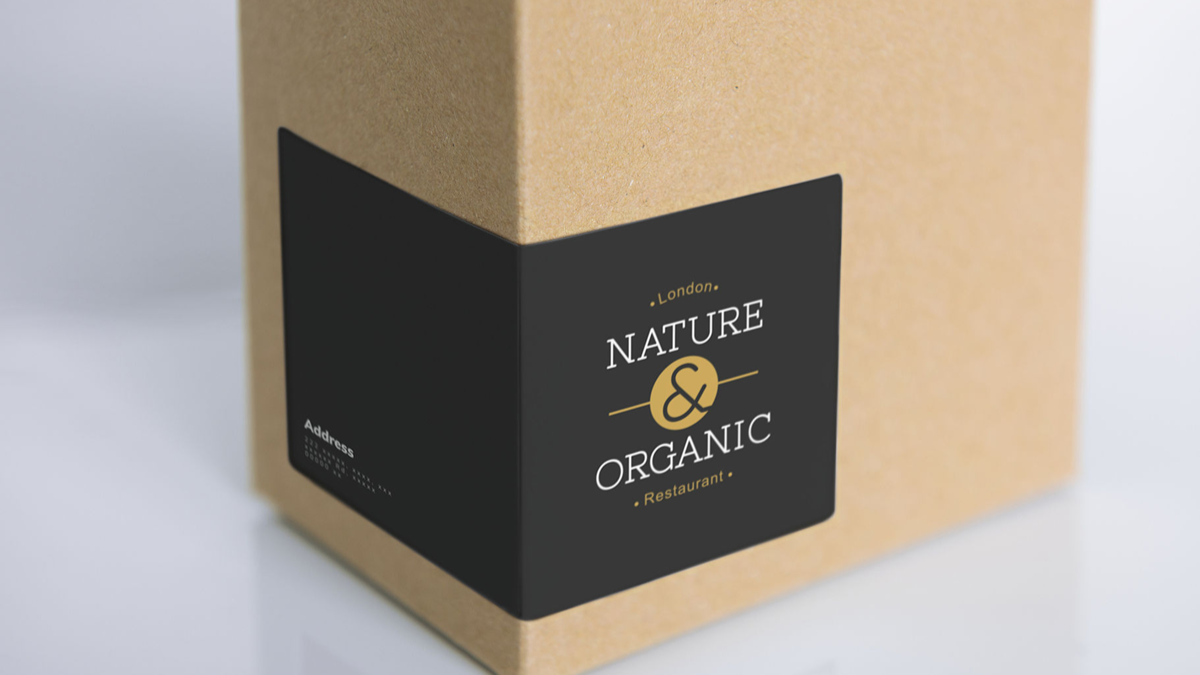Package Filling Machines integrated with AI Vision Systems offer advanced solutions for efficiently packaging food and powdered substances into precise, small-format packets. These food-grade systems combine mechanical precision with artificial intelligence to ensure quality, regulatory compliance, and high productivity.
Benefits and Broader Applications
Advanced Package Filling Machines with AI Vision Systems offer several advantages over traditional filling and packaging equipment. By combining automation with real-time visual inspection, these systems can identify inconsistencies, detect contaminants, verify fill levels, and automatically label products with traceable data.
Key benefits include:
• Enhanced accuracy and reduced waste due to precise weighing and portion control.
• Improved quality assurance via real-time AI visual inspection.
• Traceability and compliance with integrated smart labeling for product tracking.
• Higher throughput and lower labor costs, making operations more cost-efficient.
• Modular flexibility, enabling customization for different packet sizes, materials, and product types.
These systems are widely applicable across sectors such as:
• Food & Beverage (instant coffee, seasoning powders, powdered milk)
• Pharmaceuticals (nutraceutical powders, sachet supplements)
• Cosmetics (powdered facial masks, herbal sachets)
• Chemical products (desiccants, agricultural samples)
Types of Advanced Package Filling Machines
Several machine configurations are available, tailored to different operational needs:
1. Vertical Form Fill Seal (VFFS) Machines – Ideal for powder, granules, or liquids, these machines form a bag from flat roll stock, fill it with the product, and seal it—all in a vertical motion.
2. Volumetric Cup Fillers – Designed for products with uniform granular shapes such as rice, beans, or nuts. They use pre-set cups to measure product volume before filling.
3. Auger Filler Machines – Best for fine powders like flour, coffee, or protein supplements. These use a rotating auger screw to accurately dispense product into containers or bags.
4. Vacuum or Pressure Filling Systems – Used for fragile or highly aerated products.
5. Integrated Labeling and Inspection Systems – Add-on modules that use AI vision for label verification, barcode reading, and tamper-proof labeling.
How the System Works
Understanding the inner workings of a Package Filling Machine helps manufacturers make informed decisions about equipment selection and optimization. Here's how a typical machine operates:
1. Feeding and Metering
The machine begins by drawing the bulk powder from a hopper into a controlled feed system. Depending on product density, an auger screw or volumetric cup may be used to ensure consistent dosing. These parts are typically made from food-grade stainless steel (SS304 or SS316), which resists corrosion and is easy to clean.
2. Pouch Forming and Filling
The machine forms pouches from a continuous film roll (often PET/PE laminated for food contact). This film is guided through rollers and shaped into a tube around a forming collar. The formed pouch is then filled precisely to the programmed weight using servo-controlled motors for speed and accuracy.
3. AI Vision Inspection
Integrated AI vision cameras monitor several aspects of the filling and sealing process:
o Verifying fill level in each packet
o Identifying foreign particles
o Checking seal integrity
o Detecting film alignment and print quality
The system uses machine learning algorithms trained on visual datasets to adaptively improve detection capabilities over time.
4. Sealing
Heat sealing is the most widely used technique. The machine applies pressure and heat through sealing jaws to melt and bond the inner layers of the packaging film. Heat sealing is ideal for plastic laminates like PET/PE or BOPP/CPP. For oxygen-sensitive products, some machines include vacuum and nitrogen flushing systems before sealing, enhancing product shelf life by reducing oxidation.
5. Cutting and Discharge
For roll-fed film, a cutter trims the sealed pouch, and the finished package is discharged onto a conveyor or into a collection bin. Multi-lane systems may produce multiple packets simultaneously to increase output.
6. Inspection and Output
Vision sensors, checkweighers, and metal detectors may be integrated for quality control. Any defective packets—due to underfill, label misplacement, or seal errors—are automatically diverted from the production line.
Packaging Film: Materials, Layers, Printing, and Feeding Process
The effectiveness of a Package Filling Machine depends not only on the mechanics of the machine itself but also on the packaging film it uses. Most films used in package filling machines are laminated multilayer films made from combinations of polymers, foils, and coatings. The most commonly used materials include:
• Polyethylene (PE) – Offers excellent sealability and flexibility; used as the inner sealant layer.
• Polypropylene (BOPP or CPP) – Provides good stiffness and moisture resistance.
• Polyethylene Terephthalate (PET) – Offers durability, printability, and heat resistance; often used as the outer layer.
• Aluminum foil – Acts as an oxygen, light, and moisture barrier for sensitive products.
• Nylon (PA) – Provides puncture resistance and strength.
The choice of materials depends on the product being packaged. For example, high-barrier films are used for oxygen-sensitive foods like coffee or pharmaceuticals, while simpler films may be used for dry powders or snack items.
Film Layer Functions
In high-performance, multi-layer packaging films, each layer serves a specific function:
1. Outer Layer (e.g., PET or BOPP)
o Printed surface for branding and instructions
o Resistant to heat from sealing jaws
2. Barrier Layer (e.g., aluminum foil, EVOH, or metallized PET)
o Prevents moisture, oxygen, and light penetration
o Ensures product shelf stability
3. Adhesive Layer
o Bonds the barrier layer to the sealant layer
o Often uses solvent or solvent-free lamination methods
4. Sealant Layer (e.g., PE or CPP)
o Provides heat-sealable surface for pouch closure
o Ensures seal integrity under pressure and temperature
This layered structure enables durability, print clarity, product safety, and compatibility with high-speed sealing mechanisms.
Taiwanese Manufacturers of Advanced Package Filling Machines with AI Vision Systems
Several prominent Taiwan manufacturers of packaging machinery offer advanced package filling machines:
Chung Shan Machinery Works Co., LTD.
Chung Shan Machinery offers advanced packaging machines suitable for packaging powders and granules such as tea, coffee, sugar, and health foods. Their machines feature automatic photoelectric tracking systems for precise bag making and sealing. The systems support full automation, from weighing to sealing and cutting.
LEBAL Packaging Technology Co., Ltd.
LEBAL specializes in packaging solutions for the biotech and pharmaceutical industries. Their equipment includes automatic labeling machines and optical inspection systems, ensuring high-quality packaging standards.
VNS Vision and Service Co., Ltd.
VNS Vision provides high-speed closure inspection systems and in-mold labeling inspection systems. Their solutions utilize advanced vision technology to detect defects and ensure packaging quality.
EZpack Co., Ltd.
EZpack designs and manufactures a range of packaging equipment, including bottle unscramblers, rinsing machines, fillers, and cappers. They integrate machine vision inspection systems with self-learning capabilities for subtractive detection and reference model creation.









.jpg)
.jpg)
.jpg)


.jpg)